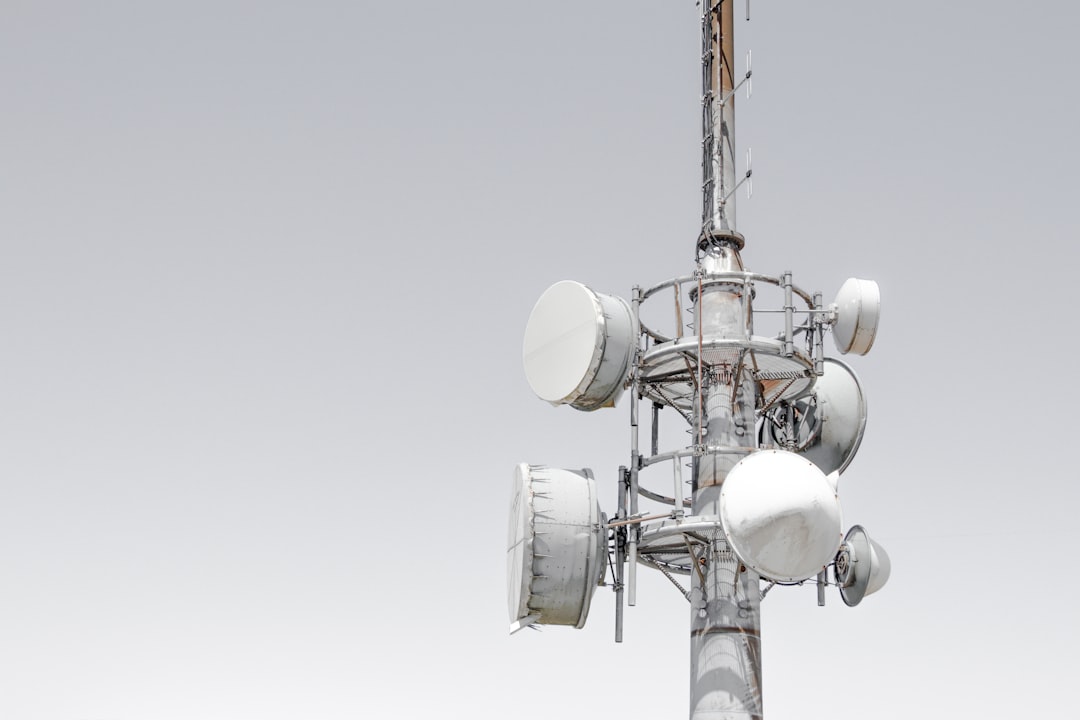What is it about?
The characterization of the liquid breakup process is not widely investigated in the context of small scale applications such as detergents or disinfectant spray products. This work deals with the optimization of the pressure-swirl spray process on small-scale devices by investigating the key features that affect the hollow-cone spray performance.
Featured Image

Photo by Serenity Mitchell on Unsplash
Why is it important?
Depending on the different liquid properties and geometric features, we examine the hollow-cone spray performance in terms of cone angle and liquid sheet morphology. Through a new stability analysis, we showed that it is possible to differentiate two main spray configurations: spraying and jetting. We find out that stable hollow-cone sprays are observed if a critical Reynolds number is overcome.
Perspectives
In prospective, it turns out to be necessary to extend the study and consider the droplets detachment at a larger distance from the nozzle exit orifice. It will be interesting to extend the study of the viscous non- Newtonian sprays not only for the liquid sheet morphology but also for the ligaments and the droplets generated downstream of the primary atomization.
Massimiliano Di Martino
Universita degli Studi di Napoli Federico II
Read the Original
This page is a summary of: Three-dimensional computational fluid dynamics simulation of the hollow-cone spray process: The stability of the conical liquid sheet, Physics of Fluids, June 2021, American Institute of Physics,
DOI: 10.1063/5.0051309.
You can read the full text:
Contributors
The following have contributed to this page










